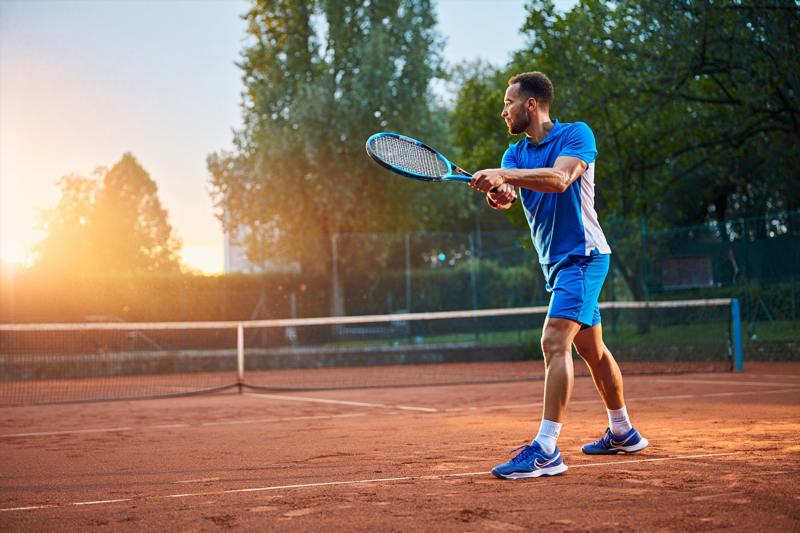
Venue conditions shape match results and athlete performance
When it comes to competitive sports, countless elements influence the outcome of a game beyond skill and strategy. One of the most significant yet often underestimated factors is the venue conditions—the environment where athletes perform. Understanding how these conditions impact match results and player effectiveness can unlock new pathways for athletes to optimize their performance and secure victory.
Explore our comprehensive insights now, and discover how venue environments shape athletic success.
How Venue Conditions Affect Match Outcomes
Environmental Factors Influencing Performance
Venue conditions encompass a variety of environmental factors that directly or indirectly influence game results:
- Weather Conditions: Temperature, humidity, wind, and precipitation can alter the physical demands placed on athletes.
- Field or Court Surface: Different playing surfaces—grass, turf, clay, hardwood—affect ball behavior, footing, and injury risk.
- Lighting and Visibility: Adequate lighting ensures optimal visibility, affecting precision and reaction time.
- Altitude: High-altitude venues impact oxygen availability, influencing endurance and recovery.
- Acoustic Environment: Noise levels can distract players or enhance focus, depending on individual adaptability.
Specific Impacts on Player Performance
The interaction of these factors can lead to tangible changes in athlete performance:
| Venue Factor | Effects on Performance | Example |
| Weather Extremes | Impaired endurance, altered ball physics | Heat-related fatigue in tennis matches |
| Surface Type | Variations in movement, ball bounce, injury susceptibility | Slower game on clay courts, faster on hard surfaces |
| Lighting Conditions | Reduced visibility, increased error rates | Night games in poorly lit stadiums |
| Altitude | Decreased stamina, increased fatigue | Competitions at high elevations, e.g., Mexico City |
Why Athletes and Coaches Must Understand Venue Conditions
Commissioning Optimal Performance
A keen understanding of venue conditions allows athletes and coaches to:
- Adapt Training Regimens: Tailor physical training to meet specific environmental challenges.
- Implement Strategic Adjustments: Modify tactics based on terrain and weather.
- Prevent Injuries: Recognize surface-related risks and prepare accordingly.
- Enhance Mental Preparedness: Build resilience against environmental stressors.
Gaining Competitive Advantage
Clues from the venue environment can influence decision-making:
- Selecting appropriate footwear and equipment.
- Timing hydration and nutrition strategies.
- Mentally rehearsing for anticipated challenges specific to the venue.
How to Prepare for Venue Conditions
Practical Tips for Athletes and Coaches
- Research Ahead: Know the specifics of the venue environment before competition.
- Simulate Conditions: Incorporate similar conditions into training sessions.
- Carry Essential Gear: Equipment suited for particular surfaces or weather (e.g., grip tape, hydration supplies).
- Adjust Strategy: Modify game plans to exploit or mitigate environmental advantages.
- Monitor Real-Time Data: Use weather and environmental monitoring tools for on-the-fly adjustments.
Unlocking Performance Through Venue Condition Insights
Understanding the profound impact of venue conditions is a game-changer. Athletes who proactively adapt to their environment significantly increase their chances of success. Integrating environmental insights into training, strategy, and preparation can transform challenges into opportunities.
Explore our detailed insights now to learn how to leverage venue conditions to maximize your athletic performance and turn environmental challenges into competitive advantages.
Frequently Asked Questions
How do venue conditions influence injury risk?
Surface type and weather extremes can increase the likelihood of injuries. For example, uneven turf or slippery surfaces raise the risk of sprains or falls. Proper preparation and equipment selection help mitigate this.
Can changing venue conditions affect mental performance?
Absolutely. Unfamiliar or adverse conditions can cause anxiety or distraction. Mental resilience training and strategic adaptation are key motivators to maintain focus.
Are there sports more affected by venue conditions than others?
Endurance sports like marathon running or cycling are especially sensitive to environmental factors such as temperature and altitude. Indoor sports are less affected but still impacted by lighting and surface characteristics.
Final Thoughts
Venue conditions are not just background settings—they are active elements that influence the outcome of competitions and athlete performance. By understanding, preparing for, and strategically responding to these environmental factors, athletes and coaches can unlock new levels of effectiveness and success.
Start exploring our insights today and take the first step toward transforming environmental challenges into your winning edge.
*Remember, in sports, environment is everything—master it, and you master the game.*